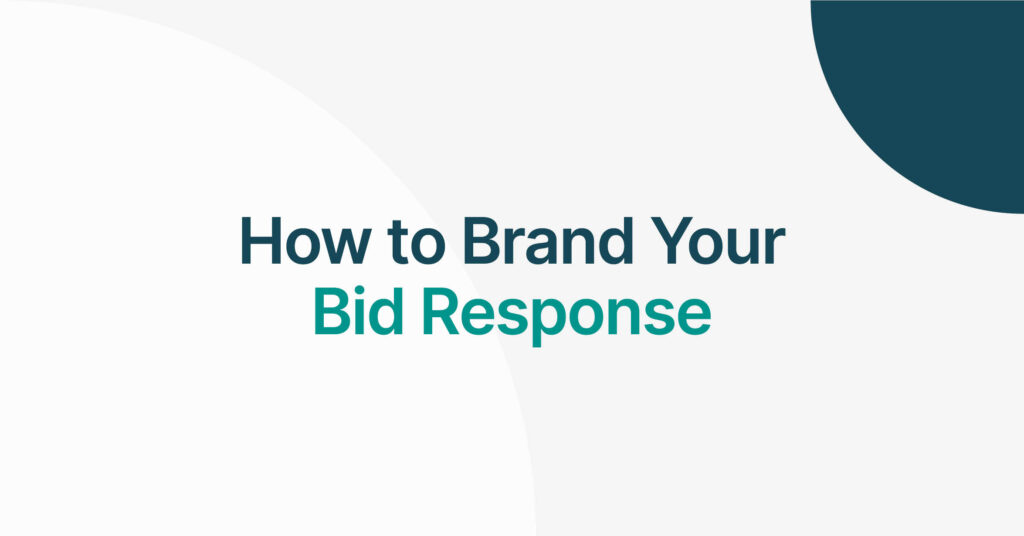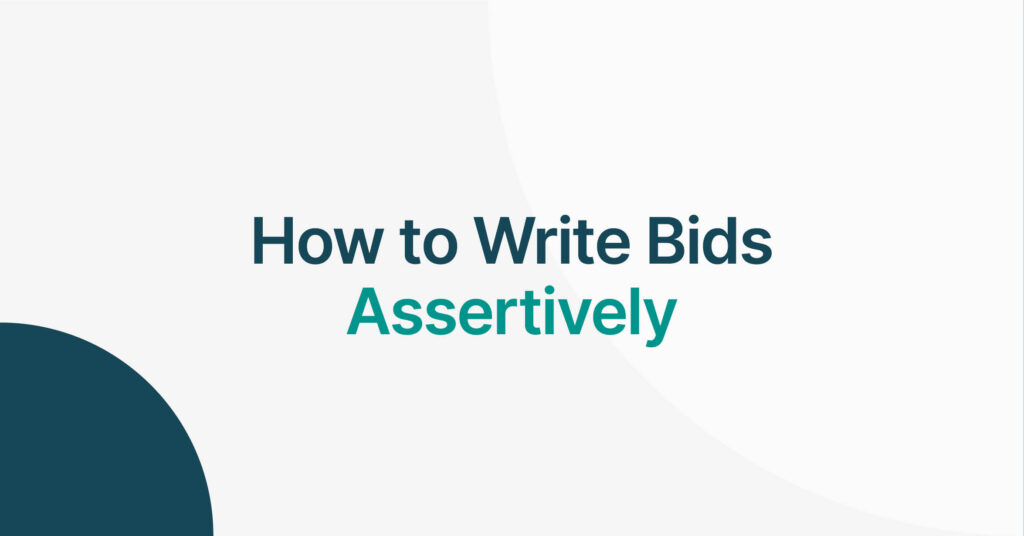Tender Documents – Proposals & Instructions
Tender Documents – Proposals and Instructions
Frustration – what buyers must feel when they receive a response that hasn’t followed simple instructions.
Usually, there are two different ways of how a proposal pans out:
The Rigid Approach:
As part of most tender/bid processes, the buyer may want all suppliers to stick to a specific set of guidelines.
This can range from:
- answering all questions in templated fields on the provided document
- using a specific font (we hate using Arial – but who are we to contest?)
- using a specific font size (size 11 or 12 is usually most sought)
- not being allowed to attach additional appendices (no swanky new brochures that you’ve paid ‘over the odds’ for, unfortunately)
- not being allowed to use images or graphs (just the good old written word)
- limiting all responses to a specific word count (in the hopes of eradicating superfluous information)
Remember to keep it short and snazzy by using bullet points and short/direct sentences. The content must be concise and contained within the limitations set.
The Free Form Approach:
This is our favourite approach, yet the most difficult. With the ‘Rigid’ approach, you have limitations in place, ensuring your points remain objectively concise.
If you’re not a naturally developing writer, when you use the ‘Free Form’ approach, it can be hard to bring your points back in, without going off on a tangent filled with incessant waffling and 26 appendices which focuses primarily on your branding.
- Remember to keep it concise and direct
- Remember to make sure you aren’t swayed by visually appealing presentations
- Remember to focus predominantly on the content
If any instruction is not followed during the tender process – this can obviously be a deciding factor in your failure.
If you can’t use Arial Font Size 12 as instructed because you’ve ‘missed that section’, then what other potential instructions will you ‘miss’ and not do as instructed if you win the contract.
It is VERY important to ensure that tender documents and instructions are read thoroughly. This sounds silly, but you wouldn’t believe how many people miss the tiniest of details, which turns out to be the largest criteria on which they fail upon.
Yes – some of it is regurgitated jargon! However, if you miss one sentence that says no images are to be used whatsoever, and you attach some lovely infographics – this is obviously a bad move on all accounts. Read it cautiously – and if you don’t have time – get in touch!! We’ll help you!








